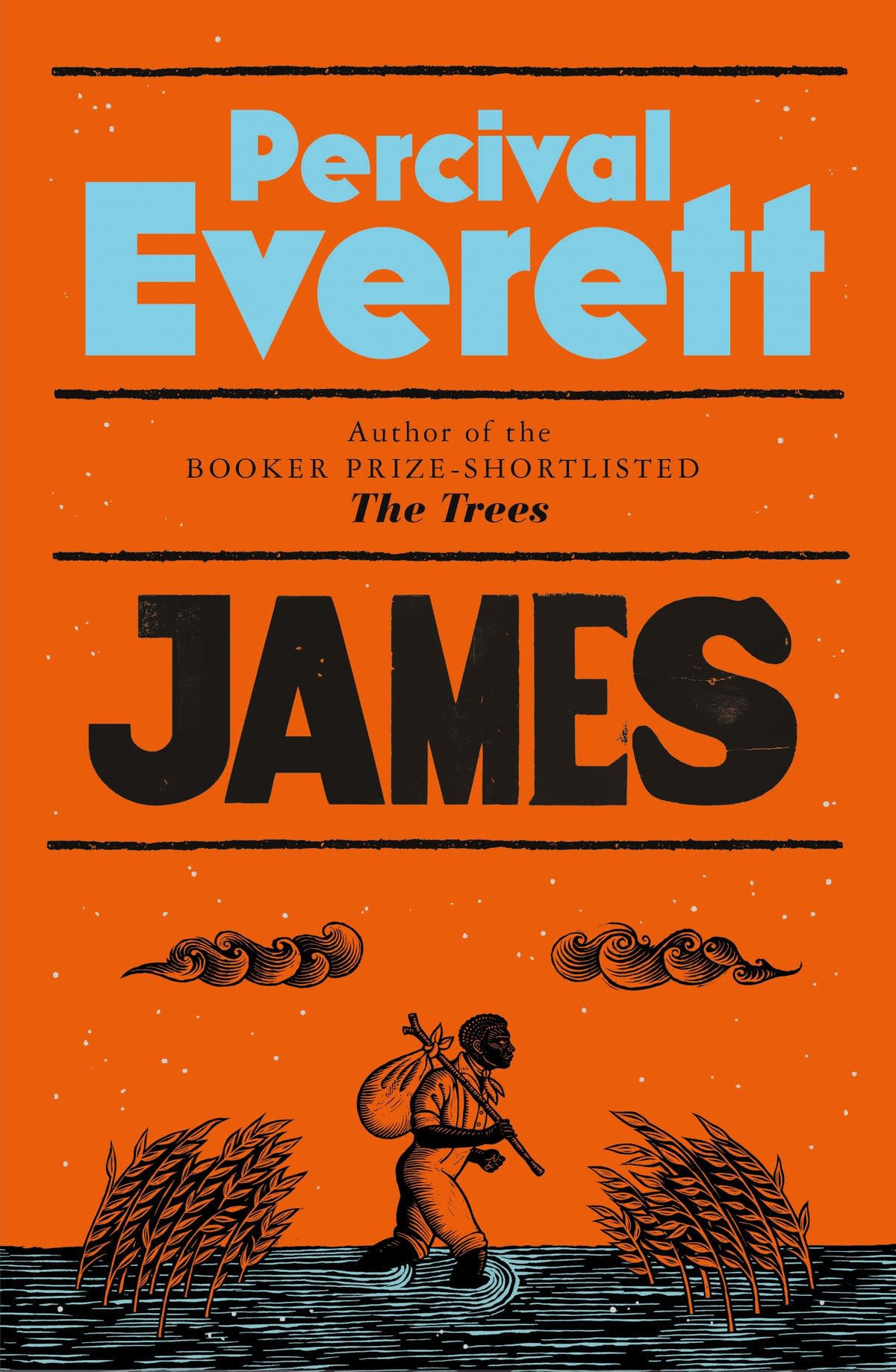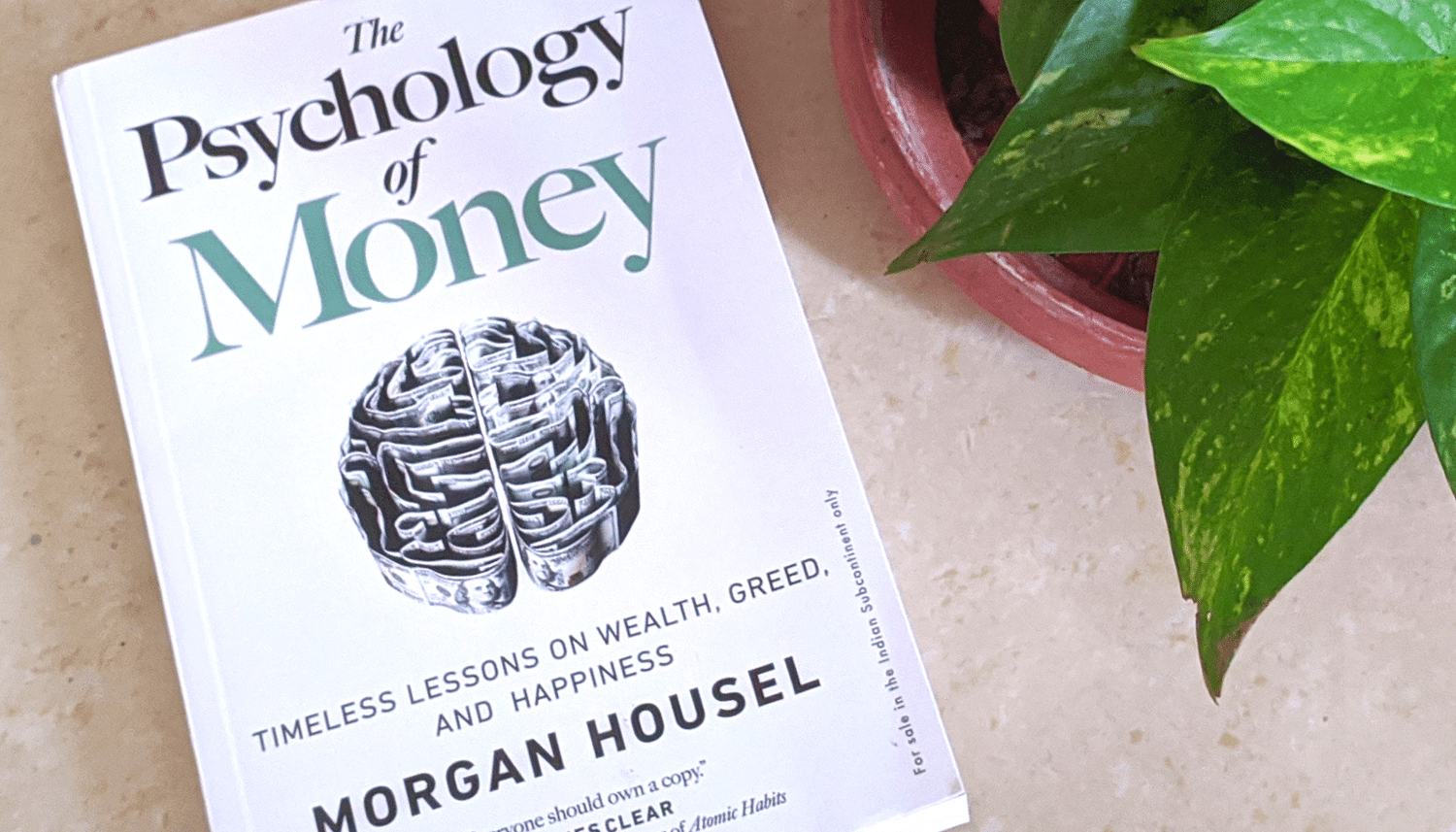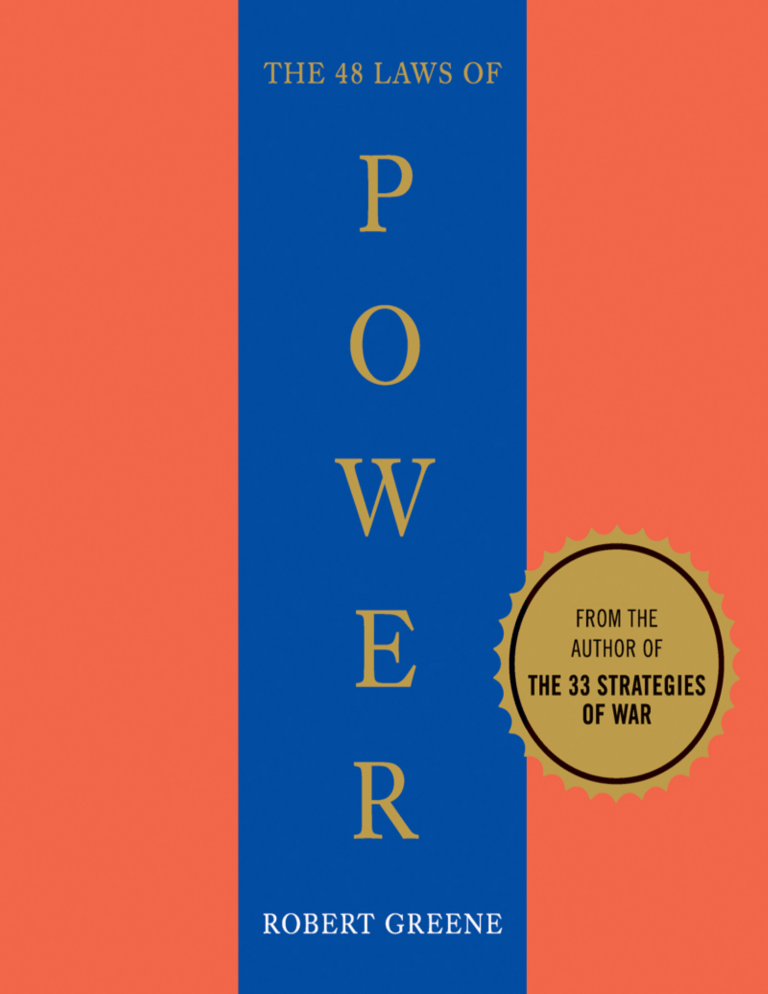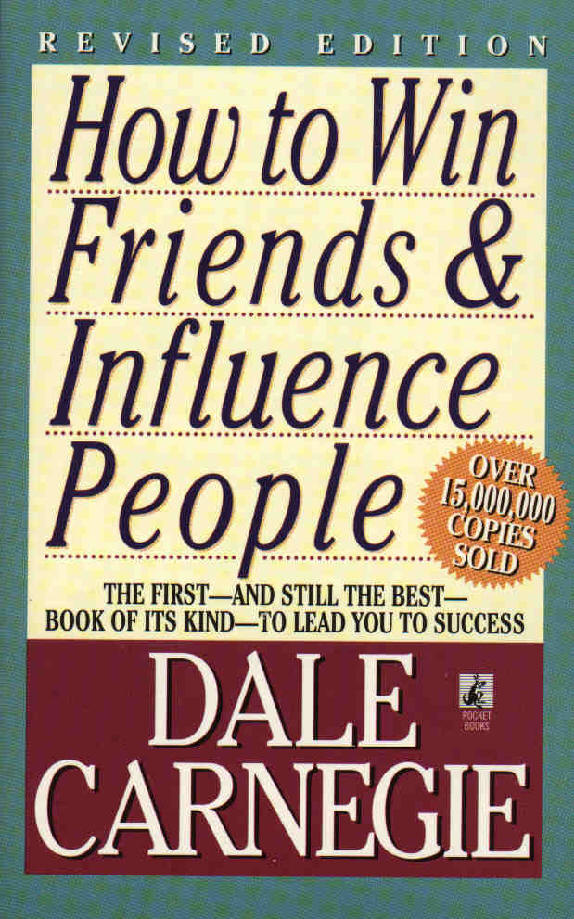Table of Contents
Percival Everett is a Distinguished Professor of English at USC and the author of many critically acclaimed novels.
“James” is his latest work, a fictional exploration of race, slavery, and identity set in the antebellum South. The novel follows James, a literate slave, on his journey to freedom and his quest to reunite with his family. In this book summary of “James”, we dig further into this new novel that has rapidly become a bestseller.
Plot Summary
Part One of the novel introduces James, a slave owned by Miss Watson, and his complex relationship with the young white boy, Huckleberry Finn. James, a skilled laborer and secretly literate, finds himself caught in the web of racial tensions and prejudices of the antebellum South.
When Miss Watson decides to sell James “down the river,” he is forced to flee, finding refuge on Jackson Island. Huck, who fears his abusive father, joins James, and their journey down the Mississippi River begins. Along the way, they encounter various characters and situations that expose the hypocrisy and brutality of the slave-owning society.
Their raft journey is interrupted by a violent encounter with the feuding Grangerford and Shepherdson families. Witnessing the bloodshed and senseless violence of the feud deeply affects both James and Huck.
Part Two sees James and Huck continuing their journey downriver, encountering a pair of con men who dub themselves the Duke and the King. The con men exploit the ignorance and prejudices of the townspeople they encounter, highlighting the moral decay and gullibility of white society.
James, struggling with his own identity and the implications of freedom, begins writing in a stolen notebook, finding solace and empowerment in the act of self-expression. He adopts the name “Golightly” as a symbol of his yearning for liberation.
The Duke and the King’s schemes eventually backfire, leading to their capture and punishment. James and Huck, once again on their own, continue their perilous journey downriver.
Part Three begins with James and Huck getting separated during a steamboat explosion. James is washed ashore near Hannibal and reunites with Huck. He learns that his wife and daughter have been sold.
Desperate to reunite with his family, James embarks on a quest to locate them. He encounters various groups of runaway slaves, offering them hope and guidance. James is captured by the overseer, Hopkins, but ultimately kills him in an act of defiance and revenge. He escapes and continues his journey, determined to find his family and achieve true freedom.
Central Themes
The Nature of Freedom
The novel explores the multifaceted nature of freedom, contrasting physical liberation with intellectual and spiritual emancipation. James, though a runaway slave, grapples with the limitations imposed by a society that denies him basic human rights. His ability to read and write becomes a symbol of personal empowerment and resistance against the dehumanizing forces of slavery.
Identity and Self-Definition
James’s journey is not just a physical escape but a quest for self-discovery. He questions his given name and the identity imposed upon him by a system that defines him solely as property. His adoption of the name “Golightly” signifies his desire to transcend the constraints of slavery and define himself on his own terms.
The Power of Language and Literacy
The novel emphasizes the transformative power of language and literacy. James’s ability to read and write allows him to access knowledge and express his thoughts and feelings, giving him a sense of agency and control in a world that seeks to silence him. His writing becomes a form of resistance, a way to document his experiences and challenge the dominant narratives of his time.
Hypocrisy and Moral Corruption
The novel exposes the hypocrisy and moral corruption inherent in a society that upholds slavery while espousing Christian values. The Duke and the King’s deceitful actions, along with the brutality of slave owners like Hopkins, highlight the dissonance between professed ideals and actual behavior.

Character Growth and Lessons
- James: James’s journey is marked by resilience, determination, and a growing sense of self-awareness. He evolves from a passive observer to an active agent, challenging the boundaries of his existence and fighting for his right to freedom and family. His literacy becomes a weapon against oppression, allowing him to articulate his thoughts and experiences and assert his humanity. His decision to kill Hopkins, though morally complex, demonstrates his willingness to fight back against injustice and protect those he cares about.
- Huckleberry Finn: Huck, initially naive and impressionable, undergoes a significant transformation through his interactions with James. He begins to question the societal norms and prejudices he has been taught, developing a sense of empathy and moral consciousness. Huck’s willingness to help James escape, even at personal risk, demonstrates his growing understanding of right and wrong, transcending the racist indoctrination of his upbringing.
- Secondary Characters: Secondary characters like Easter and Young George, though limited in their appearances, play crucial roles in highlighting the resilience and humanity of slaves. Easter, an elderly blacksmith, offers James practical skills and guidance, emphasizing the importance of communal support and resistance within the slave community.
Young George’s act of stealing a pencil for James becomes a poignant symbol of solidarity and sacrifice, underscoring the shared struggle against oppression.
Symbolism and Motifs
- The Notebook: The notebook James acquires represents the power of self-expression and the ability to shape one’s own narrative. It becomes a repository for his thoughts, feelings, and experiences, allowing him to document his journey and assert his individuality in a world that seeks to erase his voice.
- The River: The Mississippi River serves as both a literal and metaphorical pathway to freedom. It represents the flow of time, the constant change, and the unpredictable nature of James’s journey. The river’s vastness and power also symbolize the forces beyond James’s control, the dangers and uncertainties he faces as a runaway slave.
- Names and Naming: Names and the act of naming become significant motifs in the novel. James’s rejection of his given name and adoption of “Golightly” signifies his desire to shed the identity imposed upon him by slavery and claim his own sense of self. The con men’s adoption of false identities underscores the fluidity of identity and the ways in which names can be used to deceive and manipulate.
Emotional Impact and Reader Reflection
- The Violence of Slavery: The novel’s depiction of the physical and psychological brutality of slavery is unflinching and emotionally impactful. The scenes of whippings, the constant threat of separation from loved ones, and the dehumanizing treatment of slaves evoke a visceral response, forcing readers to confront the horrific realities of this historical institution.
- The Complexity of Human Relationships: The novel explores the complexities of human relationships, particularly across racial lines. The bond between James and Huck, though unconventional and fraught with societal constraints, highlights the potential for empathy and understanding even in the most challenging circumstances. Their shared experiences force them to confront their own prejudices and recognize the humanity in each other.
- The Search for Identity and Belonging: James’s quest to reunite with his family resonates with the universal human desire for connection and belonging. His journey, filled with obstacles and setbacks, raises questions about the meaning of family, the bonds of love and loyalty, and the enduring hope for a better future.
Cultural and Historical Context
The novel is set in the antebellum South, a time and place defined by the institution of slavery and the deep-seated racial prejudices that permeated society. The novel draws upon historical figures and events, such as the Denmark Vesey slave rebellion, to provide context and depth to the story.
The inclusion of minstrel shows, a popular form of entertainment in the 19th century, highlights the ways in which racist stereotypes were perpetuated and reinforced through popular culture.
Everett’s novel, while fictional, engages with the historical realities of slavery, prompting reflection on the enduring legacy of this dark chapter in American history.
Conclusion
Percival Everett’s “James” is a powerful and thought-provoking novel that challenges readers to confront uncomfortable truths about race, identity, and the human condition. James’s journey is both harrowing and inspiring, a testament to the resilience of the human spirit in the face of overwhelming adversity.
Through its complex characters, evocative language, and unflinching exploration of difficult themes, the novel compels us to question our own assumptions and biases, prompting reflection on the meaning of freedom, the search for belonging, and the ongoing struggle for justice and equality.
Enjoyed this book summary of James by Percival Everett? Check out our other fiction book summaries here









Leave a Reply